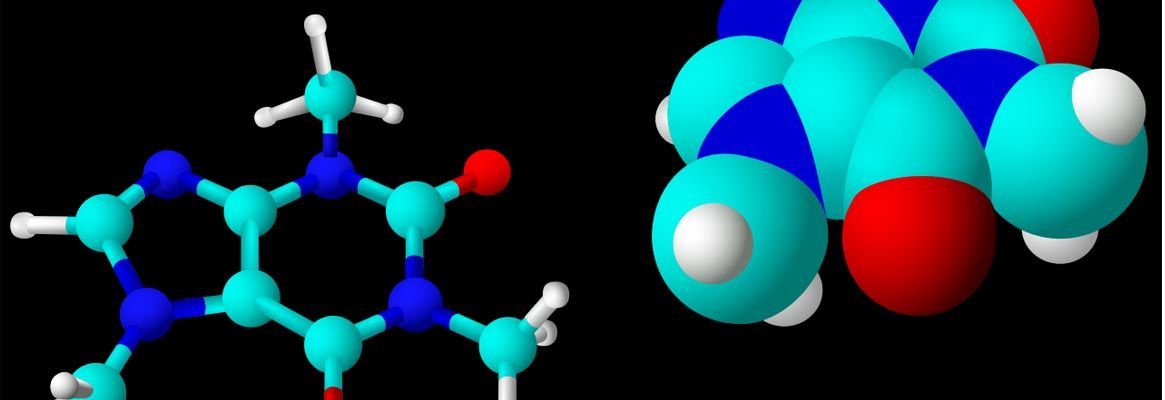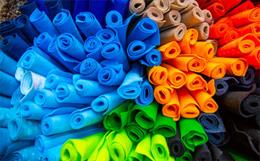Advancements in Medical Textiles for Wound Management
The field of medical textiles is experiencing significant growth, particularly in wound management products. This expansion involves the introduction of new products and the enhancement of well-known materials using advanced technologies. The focus of research is on highly technical, technological, functional, and effective-oriented solutions.
Key qualities sought in fibers and dressings for wound care products include bacteriostatic, anti-viral, fungistatic, non-toxic, high absorbent, non-allergic, breathable, haemostatic, biocompatible, and manipulatable to incorporate medications. Many materials, such as alginate, chitin/chitosan, collagen, branan ferulate, and carbon fibers, have been modified or blended to offer advantages over traditional options.
Various textile structures are employed for modern wound dressings, including sliver, yarn, woven, non-woven, knitted, crochet, braided, embroidered, and composite materials. Additionally, specialized additives are introduced to provide specific functions, such as absorbing odors, strong antibacterial properties, pain relief, and irritation prevention.
Nanofibers, with their unique properties like high surface area to volume ratio, film thinness, nano scale fiber diameter, porosity, and light weight, play a crucial role in wound care. They are integrated into advanced wound dressings to leverage their benefits.
This study aims to provide an overview of the latest developments and advancements in medical textiles and biopolymers for wound management, emphasizing the novelties in products and properties.
Source: New Cloth Market








